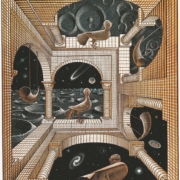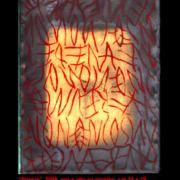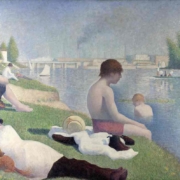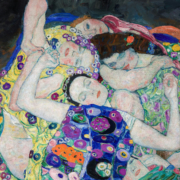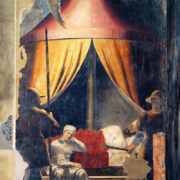Introduction Adolescents, group and new representations at the time of the internet
“…and it was during that time that the city began to hear about the Captains of the Sands, abandoned children who lived by stealing. No one ever knew the exact number of children who lived that way. There were at least a hundred, and more than forty of them slept in the ruins of the old warehouse.
Dressed in rags, dirty, half-starved, aggressive, cursing, and smoking cigarette-butts, they were, in truth, the masters of the city, the ones who knew it completely, the ones who loved it completely, its poets.” (Amado, 1937).
Thus, almost a century ago, Jorge Amado described a typical presence of Brazilian metropolises, meninos da rua, bands of street children abandoned by poor and marginalized families. Because of their state of neglect and abject poverty, their group was (and in some cases still is) their strength, a family with well-defined rules, values and organization, permeated by a strong sense of belonging sealed by a hostile world which, urged by a need for consumerist progress, has no room for them. Read more

